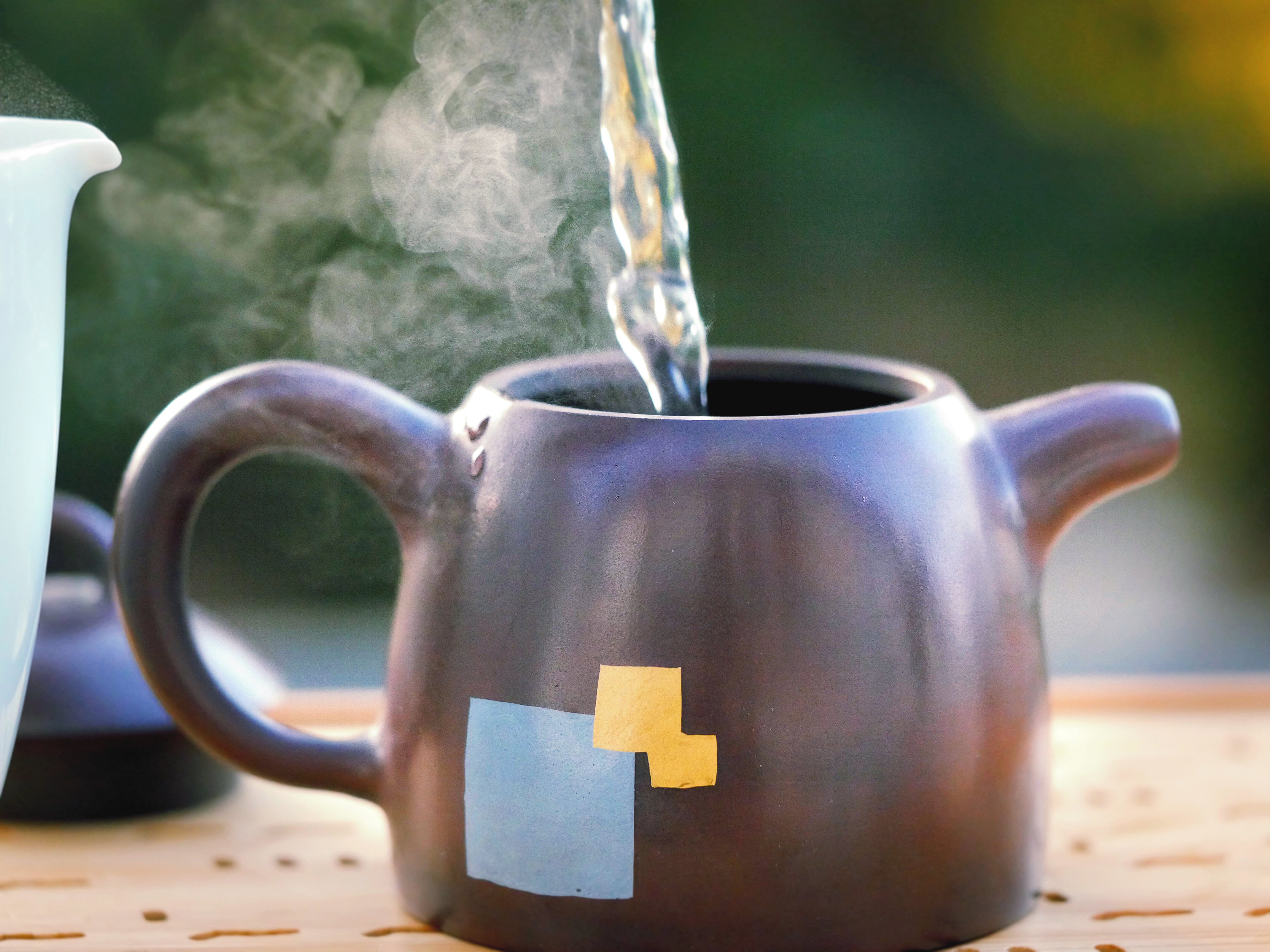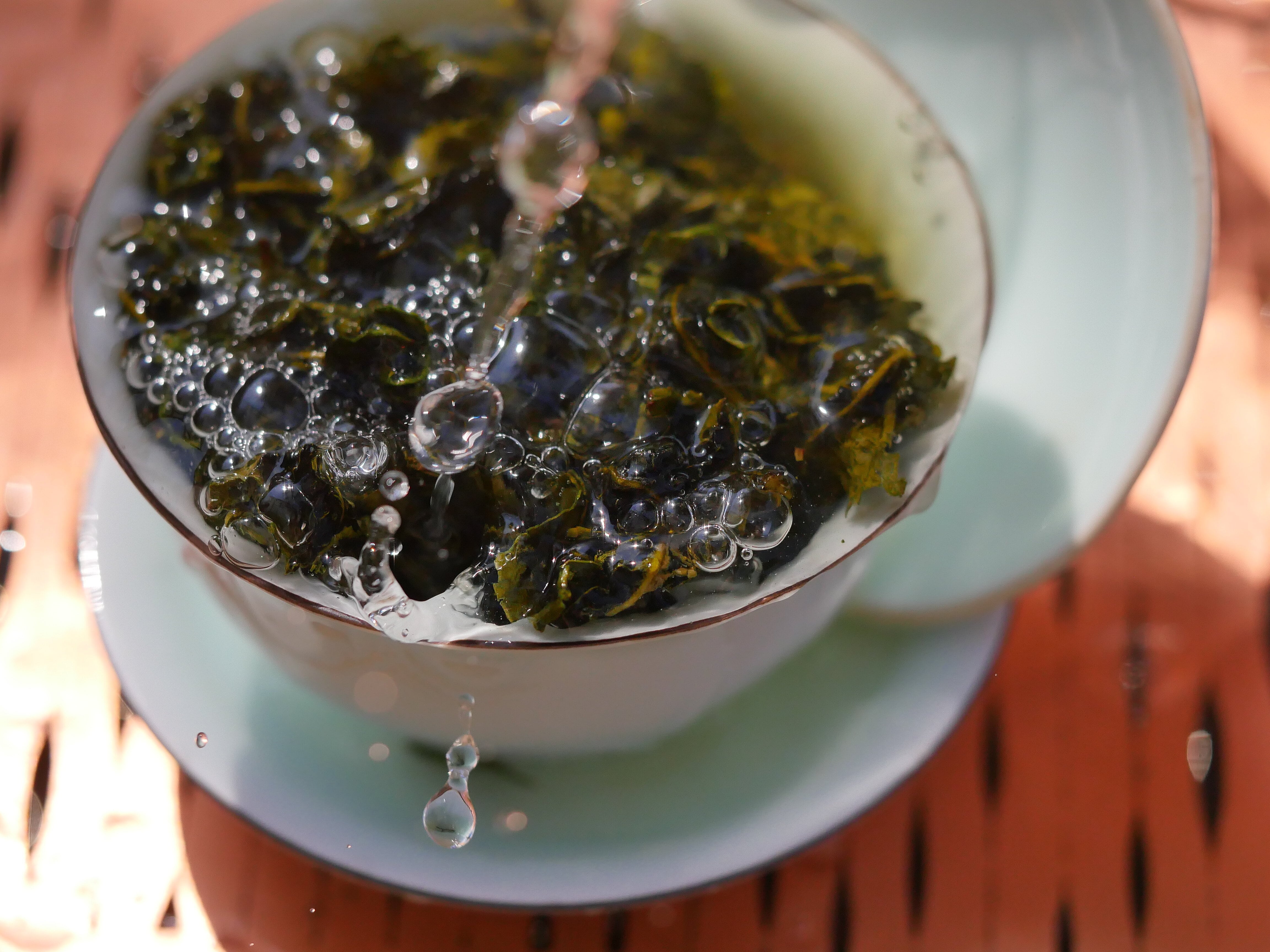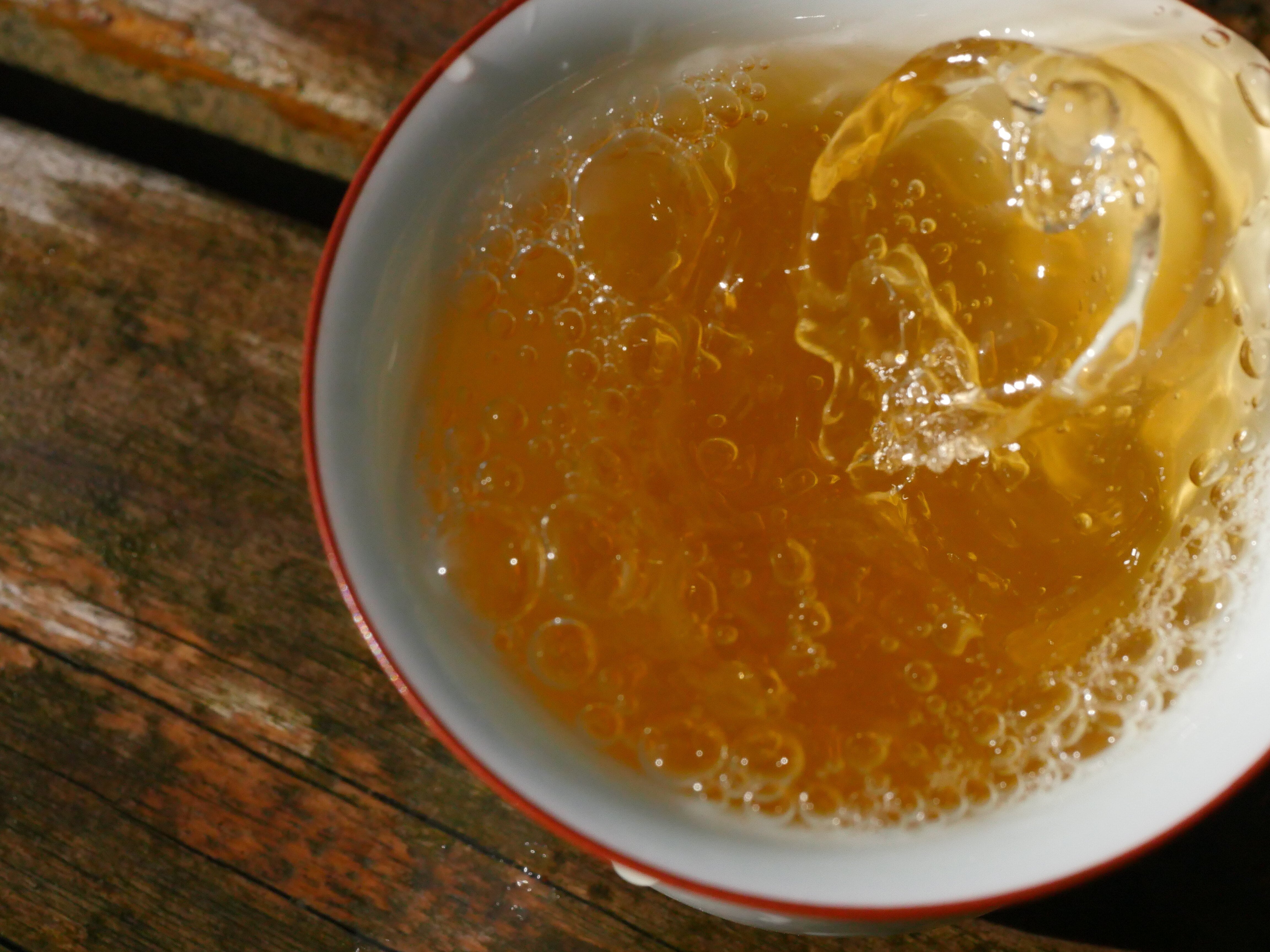
The art of brewing tea has been practised and refined for thousands of years, and it continues to evolve.
We have made many hours of video masterclasses on brewing tea, and, in truth, it is a skill which takes years of practice as you build up knowledge, experience and instincts.
But all of this sounds like fluff, right? Surely brewing tea is simple? Leaf dunked in hot water, no? Well, yes, it is. But just like everything in tea, this simplicity carries so much complexity.
THE IMPORTANCE OF YOU
Tea requires three things – leaf, water and the brewer. You are an integral part of tea.
Nature has grown these sublime leaves, the producers have toiled for days to transform the leaves and imbue them with the potential for deliciousness and potency. It is now up to you to express that potential and personalise it to your tastes.
This starts with intention and attention. To really get the best tea experience, set aside time to brew without distraction and make this a practice to focus the mind away from worldly noise.
THE ESSENTIALS
Before we dive in, here are the basic essentials that you need to brew Gong Fu Style (don’t worry you will understand what that means shortly):
Gaiwan or Pot – your brewing vessel which is intentionally small (as you will learn below).
Gong Dao Bei – a pitcher to hold your brew from which you serve yourself and guests.
Cup – do we need to explain this one? Get enough for yourself and your friends.
Water tray – ok it’s not essential but a water tray will make brewing so much more enjoyable as it catches inevitable spills and lets you sling tea like a pro. Otherwise you can brew on an absorbent towel but avoid brewing on delicate surfaces, which can stain with heat.

SET UP
Right, let’s dive into some of the basic practicalities.
Let’s assume that you have some high-quality loose leaf tea in your hands.
First, make sure that you have some good quality water. Tea is over 99% water and so if you can taste chlorine when you drink the water then it will ruin your tea. You can use well-filtered tap water (depending on your area) or grab the softest mineral water you can find (less than 50mg/l of calcium).
THE THREE CHOICES
You now have three basic brewing choices:
1. How much leaf to use - this is called leaf-to-water-ratio and is usually measured in grams per 100ml container. Higher leaf-to-water-ratio will make a richer and fuller tea.
2. The temperature of the water – the hotter the water the quicker and more wide-ranging the extraction.
3. The length of infusion – longer infusion times will produce a stronger tea.
HOW DO THEY CHANGE THE TEA?
Imagine you’re going to a classical music concert.
The leaf-to-water ratio determines the size of the orchestra. Fewer leaves, and you only have a couple of violinists, but more leaves will give you an entire string section. The richness of the sound is improved with more musicians, just as the richness of tea improves with more leaves.
The temperature of the water changes the balance of the extraction of tea. Boiling water will bring out more from the leaf, but cooler water will extract some compounds and leave others (usually bitter compounds). In this way, temperature acts like a musical EQ changing the sound of the orchestra. For softer, less bitter tea, use lower temperatures; for a fuller expression of the leaves, use hotter water.
Brewing time is the last consideration. Once you have the richness that you desire and the EQ balance of the sound is to your preference, then brewing time is just about how loud you want your experience to be. In other words, how close do you want to stand to the orchestra? Too close, and the sound may be too loud and uncomfortable. Too far, and the sound will be too quiet.

GONG FU vs WESTERN
I assume that you want the richest tea? The richer the tea, the more likely it is that you will pick up all of the complexity in the aromatics, taste, texture and body sensation.
If I assume correctly, you want a high leaf-to-water ratio. Something in the region of 3-7g per 100ml, depending on the tea.
This is the essence of Gong Fu Brewing – high leaf-to-water ratios.
But if you want to brew Gong Fu style in a 500ml pot then you will have to use 15-35g of leaf! That may be good for a tea seller but not good for your budget!
This is why Gong Fu Teaware may seem small to you (usually between 70-180ml). They are intentionally designed so that you can brew the richest tea without using a crazy amount of leaves. This system of brewing was created with frugality in mind.
Wait, so I only get to drink a 100ml of tea? No. The wonder of high-quality tea is that it will bless you with many infusions of sublime tea, which changes in character with every steep. All tea should be reinfused multiple times (basically until you are no longer appreciating the taste of the tea), simply add a little extra brewing time as the leaves start to fatigue.
If you only have time for a quick cup of tea, then you may consider Western style. With Western style, you are using a smaller leaf-to-water ratio (about 0.5-1g per 100ml) and brewing one infusion in a larger pot or cup. The tea won’t be as rich, but it will still make a tasty brew.

BASIC INSTRUCTIONS
All of our tea labelling will provide you with our guidance for Gong Fu and Western brewing. These are starting points from which we encourage you to experiment and play; they are not rules!
So grab yourself some Gong Fu Gear and start playing!
Next up is our 5-minute-guide to a Gong Fu Tasting Session.






